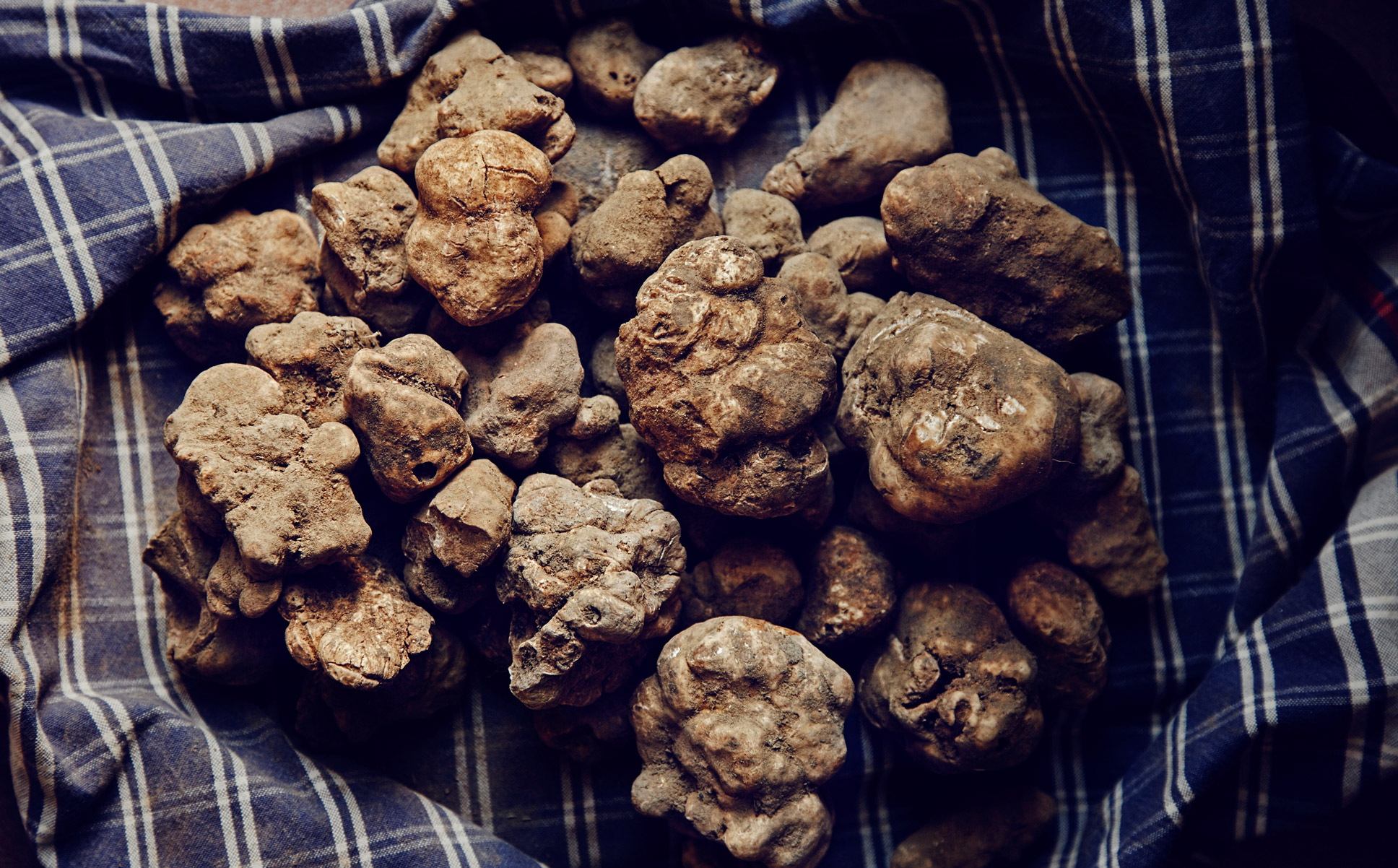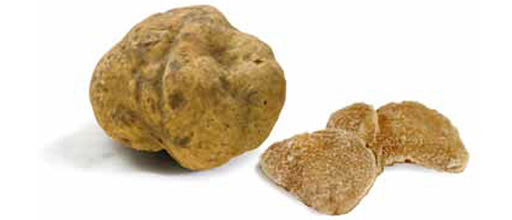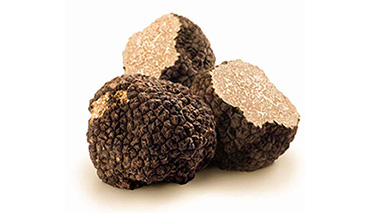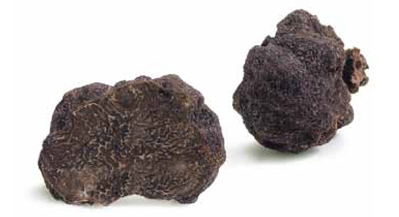No products
Truffle - Types and Classification - Savini Tartufi
Tuscany Ranks Among Some of Italy’s Most Important Regions for Truffle Production

The harvest mainly concerns White truffle (Tuber magnatum Pico), the most refined, and in second place other species available all around the region, like March truffle (Tuber borchii Vitt), Summer truffle (Tuber aestivum Vitt), Tuber uncinatum, Prized truffle (Tuber melanosporum Vitt) and Winter truffle (Tuber brumale Vitt). The importance of truffle is also given by the remarkablr number of trufflehunters, about 3500.
Tuber Magnatum Pico

(The Precious White Truffle)
Peridium: smooth, light yellow in colour, sometimes with light green or yellow-ochre tones.
Gleba: pale yellow with hazelnut or brown tones, sometimes with red freckles, crossed by a close-knit network of very fine white veins.
Shape: may be rounded or even very lobed, or decidedly squashed, depending on the type of ground where the truffle grows.
Size: this species is very varied in size, with examples that can even reach sizes of several hundred grams and even exceeding a kilo in weight.
Ripening period: from September to December.
How to recognise it: for its smooth peridium, the smooth colours, the unmistakeable aroma, the autumnal ripening period.
Tuber Borchii Vitt. O Tuber Albidum Pico
.jpg)
(The Whitish Truffle)
Peridio: smooth, light in colour, variable from white-ochre to reddish.
Gleba: light tending to buff-coloured up to brown, with a few large white veins.
Shape: variable, tends to be rounded if the truffle has grown in sandy areas, sometimes irregular, with a bumpy surface.
Size: the average size of this truffle is rather small, like a hazelnut or slightly larger, but it can be as large as a hen’s egg.
Ripening period: from January to April.
How to recognise it: for the smooth peridium, the light or reddish colours, its small size, the alliaceous odour, ripening period late winter/spring.
Tuber Aestivum Vitt.
.jpg)
(The Summer Black Truffle also known as the “scorzone” truffle)
Peridium: warty, formed of protruding warts, rough and pointed at the ends, black in colour.
Gleba: nut with yellowish tones, crossed by branches of white veins, more or less fine.
Shape: generally rounded.
Size: the summer black truffle has a rather high average size; on occasion some examples can reach up to half a kilo in weight.
Ripening period: from June to November.
How to recognise it: for its rough, warty peridium (from which the name “scorzone”, also meaning rough in Italian, comes), the lighter gleba than the other varieties of “black truffles”, its generally large sizes and most of all, the ripening period which is largely in summer.
Tuber Uncinatum Chatin

(The Black Truffle Chatin)
Peridium: warty, formed of smaller black and less noticeable warts than the scorzone.
Gleba: nut crossed by branches of white veins, more or less fine.
Shape: variable, rounded but also squashed.
Size: tends to be smaller than the scorzone.
Ripening period: from October to December.
How to recognise it: it is very similar to the summer black truffle, so much so that according to several scholars, it is actually an autumnal variety of this truffle. The differences, not always easy to tell, are related to the truffle’s appearance (peridium, gleba, shape and size), to the aroma, and especially to the later ripening period.
Tuber Melanosporum Vitt.

(The Precious Black Truffle)
Peridium: warty, formed of small, not very prominent warts, black in colour.
Gleba: black/purplish in ripe examples, with fine white veins, tending to become reddish when exposed to the air and which disappear in cooking.
Shape: usually rounded, but also irregular or lobed.
Size: varies from the size of a hazelnut to an orange, rarely larger.
Ripening period: from November to March.
How to recognise it: for the small, not very prominent warts on the peridium, due to its dark colour with the violet shades of the gleba and the delicate aroma.
Tuber Brumale Vitt. Var. Moschatum De Ferry
.jpg)
(Winter Truffle)
Peridium: warty, formed of small, not very prominent black warts.
Gleba: grey-brownish colour, crossed with large, white, widely spaced veins.
Shape: generally globular.
Size: tends to be small, usually like a walnut.
Ripening period: from January to March.
How to recognise it: similar to the precious black truffle, fromwhich it differs largely because of the greyish tones of the gleba, for the more evident veins and the strong aroma, similar to turnip. There is a variety of winter black truffle with the clear aroma of musk, the so-called musky truffle, (Tuber brumale Vitt. var. moschatum De Ferry), but otherwise identical to the actual “brumale”.
Tuber Macrosporum Vitt.
.jpg)
(Tuber macrosporum Vitt.)
Peridio: compact, reddish-brown externally, it becomes blackish brown when ripe. Warts are minute , almost imperceptible to the touch.
Gleba: Compact first white then reddish yellow, brownish-purple, with numerous light veins.
Shape: globular, lumpy.
Dimensioni: size not more than one egg.
Ripening period: summer, autumn.
How to recognise it: for smooth peridium, pleasant odor, garlicky, tasty flavor similar to that of T. magnatum Pico.
